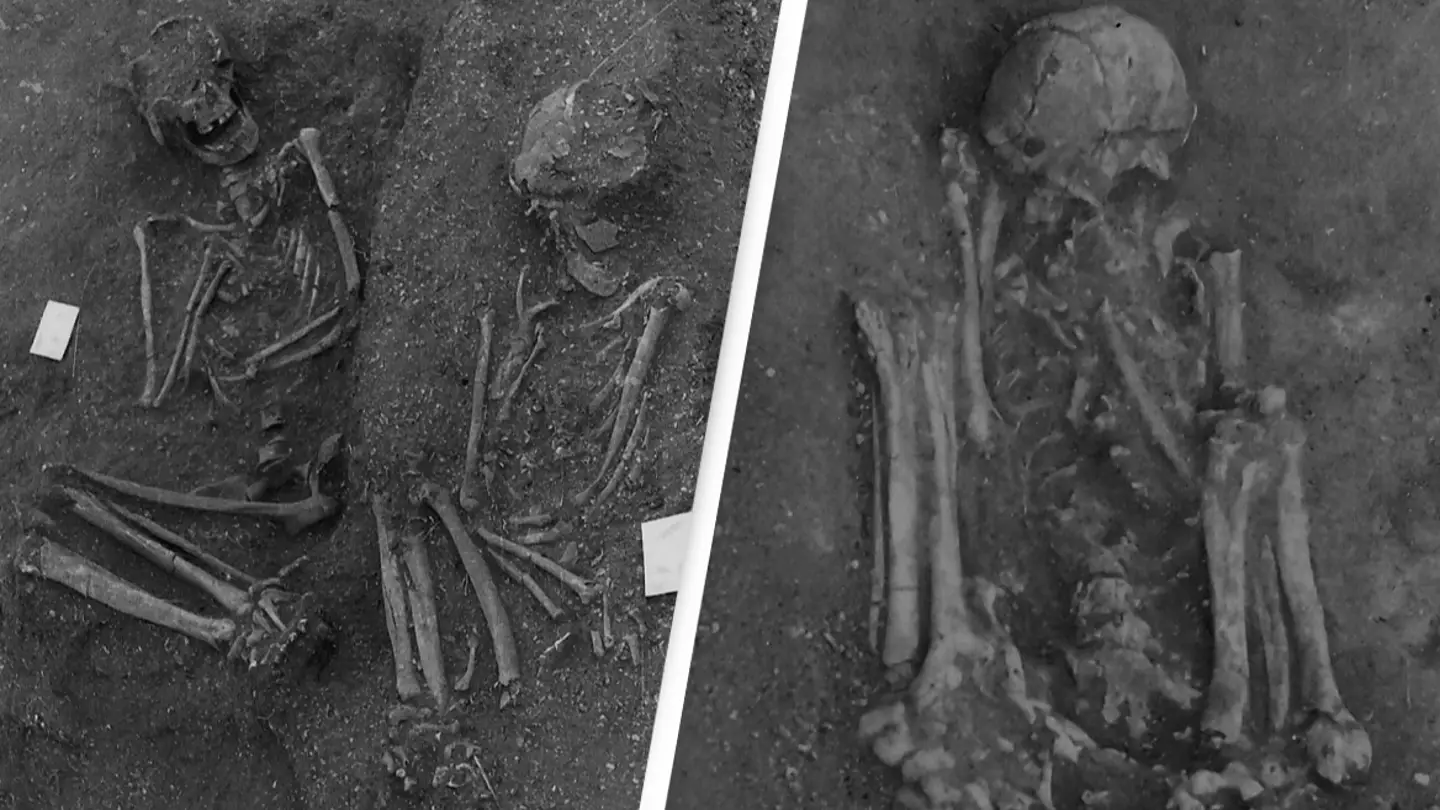
What could be the world's oldest evidence of mummification is thought to have been discovered in Portugal.
The oldest mummies in the world currently date back to 7,000 years ago and are remains of individuals from the Chinchorro culture of South America. They were located in what is now the north of Chile.
However, archaeologists at Uppsala University and Linnaeus University in Sweden and University of Lisbon recently re-studied images from remains discovered in Sado Valley, Portugal, which could beat previous records.
.jpg)
In the early 1960s, the remains of 13 human individuals were excavated in the Sado Valley, in Portugal, Mail Online reports.
Advert
As part of a recent study, researchers went over images of the remains taken by Portuguese archaeologist Manuel Farinha dos Santos.
The group of archeologists stated: 'A few years ago, three rolls of film from the excavation of two Mesolithic burial sites in the Sado Valley in south-western Portugal resurfaced. Both sites, Arapouco and Poças de S. Bento, were excavated in the 1960s and more recently in the 1980s and 2010s, and most of their human burials have been studied and published.
'The photographs of burials excavated in 1960 and 1962 were, however, missing, and the documentation was incomplete.'
.jpg)
Despite how the bodies were found completely skeletonised, making the research more 'challenging,' the photographs provided a 'unique opportunity' for the researchers to try and uncover as much information as possible about the remains and 'add to [their] knowledge of Mesolithic mortuary practices'.
Advert
The remains were said to date back as far as 8,000 years ago.
While the bodies were discovered no longer in a mummified state due to their age, the remains uncovered from the Sado Valley are anticipated as being the first-known human bodies in the world to have ever been mummified.
The researchers also investigated how the bones were distributed spatially in the grave using a method called 'archaeothanatology'.
Human decomposition experiments carried out by the Forensic Anthropology Research Facility at Texas State University also helped the group reconstruct the bodies in the positions they had been buried.
.jpg)
The study led to the conclusion that the mummification of the dead was probably more common than first expected in prehistory, and took place earlier than up to 5,700 years ago when the ancient Egyptians embalmed mummies.
Advert
The mummies were found in compact positions, their knees bent, and legs curled up towards their chest.
Researchers explained the remains may have even been mummified and buried in such a way to facilitate with their 'curation and transport'.
The results of the study are published in the European Journal of Archaeology.
If you have a story you want to tell, send it to UNILAD via [email protected]
Topics: Science